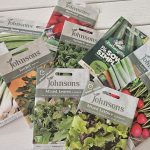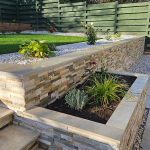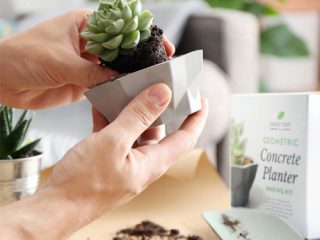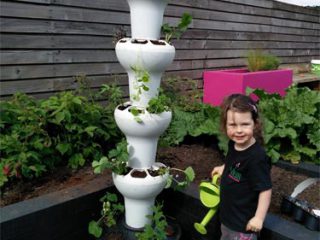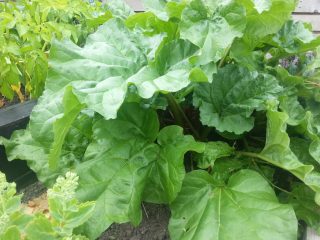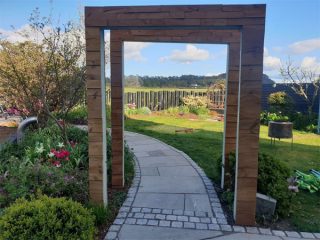Going Native (Hedge)…
Tuesday, 10 December 2013
Hey, Lulu here again! Have you met my parents? M&D are very clever garden designers and they can suggest all sorts of suitable boundaries in your garden – many clients opt for stone walls or one of the many different types of fencing available. But one of my favourite kinds of boundary is a native hedge. Now is the perfect time to plant a new hedge. In this blog I will explain to you why they are so special and how to plant one…
1. Wildlife will love it
There are two main reasons to opt for a native hedge:
Straight away you will see all sort of lovely wildlife visiting your hedge, from small mammals and invertebrates to insects and all sorts of birds making a home there and eating the berries. Butterflies and moths will also come visiting your new boundary.
2. Year round interest
You will have year round interest from foliage, blossom, flowers and berries. Planting a mixed hedge will provide a wide array of foliage which change through the seasons and some shrubs will provide berries and/or flowers to add additional interest throughout the year.
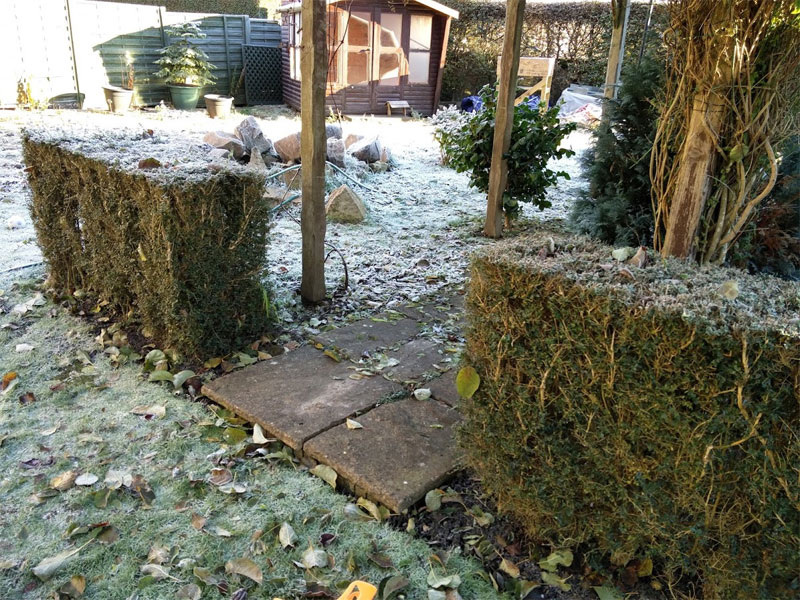
Hedging can provide year round interest
Ilex aquifolium (Holly) – who can forget the wonderful holly, especially at this time of year. We all know its lovely foliage and hungry birds love its berries.Choose a nice mixture of native shrubs and trees such as birch, beech, oak, hazel (for the lovely nuts if you can get there before the squirrel!), dogwoods (for their wonderful red stems in winter) and hawthorn (berrylicious!). Look at adding in some other wonderful species such as:
- Euonymus europaeus (Spindle) A favourite in our own garden, in autumn the leaves turn bright red and are followed by shocking pink and orange fruit.
- Viburnum opulus (Guelder rose) – this shrub will reward you with masses of white flowers in May and June and red berries in autumn.
- Acer campestre (Field maple) Beautiful yellow autumn colour.
- Rhamnus cathartica (Buckthorn) The Buckthorn providesred autumn fruits that turn to black.
- Lonicera periclymenum (Honeysuckle) This will add scent as well as fruit to the mix.
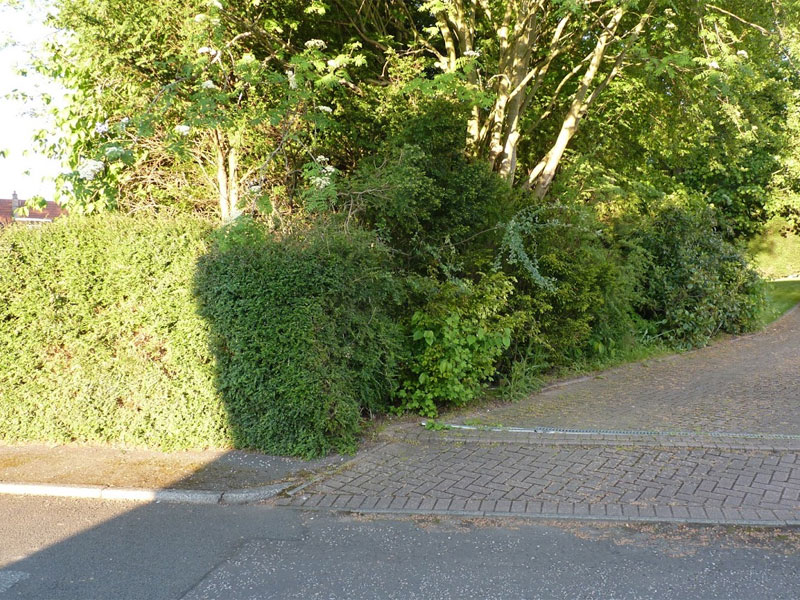
Mixed hedging is wonderful for wildlife
The cheapest way to plant your native hedge is to get “whips” which are available now. Winter is the best time to plant a new hedge. The whips will look teeny and not very impressive when you get them (a bit like sticks) but as soon as Spring arrives they will burst into life and will soon grow quickly. Try and source your hedge locally if possible.
Next, the planting…
Prepare your area and remove any weeds, large stones or debris. Your hedge will be there for many years to come so you need to give it a good start. Dig a trench and add some compost to the bottom then plant your whips in staggered double rows, half a metre apart. You can always fill any gaps later if required. Back fill the trench with the native soil and water well and mulch. Feed your hedge once a year and be aware of dry spells when you may need to water your new hedge over the first couple of years. The best time to prune your hedge is late Autumn when you won’t disturb any nesting birds. If necessary, cut back hard as this will help thicken up your hedge.
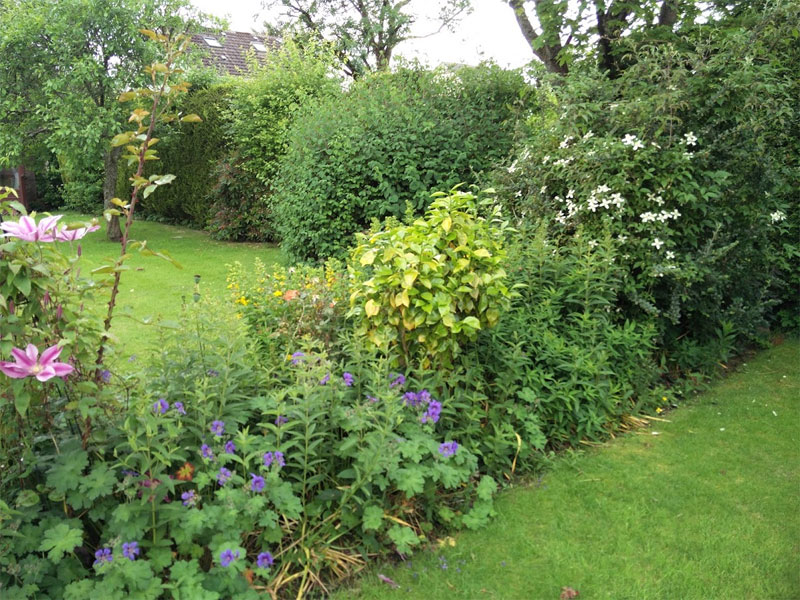
Hedging can be anywhere in your garden, not just the boundary
And remember hedges don’t just need to be used to create boundaries. You can use them within your garden to create “rooms”, add privacy, create journeys and add interest to the garden. Long live the common garden hedge!
If you need any more information on planting a native hedge or any form of boundary in your garden then please don’t hesitate to get in touch for a chat.
Lulu
